|
Heh, Greetings! Welcome to the new series; THL Fiery War Primers! In this series, we will bring you all you need to know about some of the strongest decks, from the best THL players, with new guides coming regularly. Our goal here is to bring you intel on the major aspects of a deck: core cards and card choices, piloting advice, advice when playing against it, and how it can fit into your THL lineups. We’ll bring you a different deck every week, based on meta trends. Today, we are continuing our in-depth analysis on Bomb Warrior, with Part 3 coming out tomorrow. -Brought to you by LotusKnight and BZRK, edited & compiled by rebobson 3) What Packages Can Be Added to the Deck? There are a few additional packages that can be added to the Bomb Warrior deck, and whether or not they should be added depends on which matchups you are facing. In this section, we will describe many of the different packages you may see included in the deck, as well as the tradeoffs and winrate gains you will experience in different matchups. Package 4: Pirate Package This is the package that made Enrage Warrior one of the best decks, if not the single best deck, of the last expansion. The pirate package revolves around your two copies of Risky Skipper. I’m sure I don’t need to say this out loud anymore, but Skipper is a really strong card, because it often works as 1 mana deal 2 or 3 damage to all minions, and can also leave a must kill body on the board. What is better than killing the whole board, than killing the whole board while gaining twenty armor? Armorsmith is the prime card to combo with Risky Skipper, as it will often give you enough to outarmor many combo or burn decks, both of which can be quite common in the current meta. If you are playing Risky Skipper, you would like to have a consistent way to draw it, and that is where Ancharr comes in. This weapon is insane, giving you a consistent tool to get your best card against aggro decks. Make sure you keep it in the mulligan whenever you are facing a pesky Face Hunter, and your life should be a lot easier. To run Ancharr, you will need a significant number of pirates, as Risky Skipper and Hoard Pillager are really not enough. This is where Sky Raider comes in. This card has a decent statline with a good effect. Not only that, it very often gives you cheap cards to combo with Risky Skipper, leading to a more consistent source of damage. Risky Skipper also combos really well with battle rage, leading to 2 mana draw 3 or 4 cards quite consistently. This can be enough removal refill to win the game against aggressive decks, and can help you consistently find some of your win conditions against control decks. A heated question for players who play Bomb Warrior is whether or not you want to include the pirate package, and the answer is based on your meta. If you expect to face many aggro decks, this package can be enough to win the game. One Risky Skipper Armorsmith turn can beat aggressive demon hunters, rogues and face hunters down faster than any other play. On the other hand, the package doesn’t have the same luster as in Enrage Warrior, as you are running fewer minions. Ancharr also has a downside. The Legendary weapon will dilute the weapon pool for Corsair Cache and Hoard Pillager. In control matchups, generating additional copies of Wrenchcalibur is core; therefore not being able to consistently get your bomb shuffling weapon will make your deck a lot weaker. With this in mind, our main suggestion would be to choose to play the pirate package depending on the meta you are facing. If you expect to face many aggressive decks on ladder, it is highly recommended that you include the pirate package. If you expect to face mostly slower decks, such as Highlander Priest, Guardians Druid and Highlander Mage, we recommend you cut it for a slower removal package or for additional cards for your weapon package, both options which we will talk about soon. Package 5: Galakrond Package Galakrond is a really interesting package for Bomb Warrior. Your main objective when playing Galakrond is to switch your hero power to 2 mana gain 3 attack this turn. An additional 3 damage for a deck that already plans to hit your opponent in the face is often enough to end any control matchup. This card significantly increases your chance to win against priests and other slower decks, as you can afford to play the card to boost your hero power. The main downside of running Galakrond is that it is a dead card in any fast matchup. Playing it will rarely do anything in your gameplan to beat aggressive decks, as a turn where you only gain 5 armor will not be enough. Losing your armor hero power may also be detrimental, as you often win by them running out of cards, not by outright killing them. The drawn and buffed minion can be helpful, but is not as impactful as it used to be in the old Descent of Dragons Galakrond Warrior. Kronx Dragonhoof’s role in the package is two-fold. In slow matchups, Kronx may serve to pull Galakrond from your deck early, giving you more consistent access to 2 mana deal 3 damage hero power that ends priests and mages. It is very often correct to play it on 6 against a slow matchup, as it will give you a play for turn 7, as well as a body that is not trivial to remove. After you have played Galakrond, Kronx becomes one of the best cards in the game though. It can serve as a source of that final burn to deal 5 damage to your opponent’s face, while at the same time also serve as a healing source to keep you out of burn range. It can clear your opponent’s board and give you a 6/6, giving you a crazy tempo swing turn. It can also just summon two enormous bodies that your opponent has to deal with. These last two choices can also serve as ways to close games against aggressive decks, although they are definitely not required, and very rarely you can afford to take your time to play the hero card. Very rarely, Kronx may lead to lethal with a Savage Roar like effect. That being said, this package is primarily designed to take down control decks. The consistent damage will close games against Priest, and Kronx will provide an insane swing in slow matchups. Often players will choose whether to run the pirate package, or the Galakrond and additional removal packages, based on whether they are facing slower or faster matchups. A recent development has been trying to combine the pirate and Galakrond packages, and will be discussed in more detail a little bit later on, in Part 3. Package 6: Additional Removal Package If you are not planning to include the Pirate package, you will need some additional tools to answer your opponent’s cards. Whirlwind is a card that works really well towards this goal; many aggressive decks are playing 1 health minions such as Spymistress, Worgen Infiltrators, Wolpertingers and the Umberwing demons, while having a 1 mana card that can hit stealth minions and destroy many tokens can also disrupt Stealth-based synergies such as Greyheart Sage. The card also combos really well with Lord Barov. Since you are playing Whirlwind, you may as well add at least one copy of Plague of Wrath to deal with larger boards. This card can destroy most big body decks, such as Druid and Big Warrior, and Whirlwind plus Plague of Wrath is a full board clear. Sword and Board is an insane card against any deck that runs many 2-health minions, most commonly Blazing Battlemage, Demon Companion, Intrepid Initiate, Battlefiend and Satyr Overseer. It also gives you armor that can be paired up with shield slam to kill minions with a larger health total. Have we talked enough about Lord Barov? You can also use Sword and Board to kill your own Barov and guarantee a board clear. The final card of the additional removal package is Kargath Bladefist. Kargath is a strong minion on curve; a 4 mana 4/4 rush is nothing to be sad about, but it isn’t strong when compared to the rest of the deck. Kargath Prime on the other hand can be game winning. An 8 mana 10/10 rush minion that gives you 10 armor and leaves a strong must kill body on the board is absolutely nuts. It also is an extra card in fatigue, which can be really useful in slower matchups. The huge body does tend to land too late to impact aggro matchups, though. Aggro decks nowadays tend to be board focused in the early game and burn focused in the late game, so Kargath Prime may not give you any armor the turn it is played, and an 8 mana 10/10 body will just be too slow. The card is also not amazing against Priest, as it is a prime card to be stolen or copied, and the Kargath Prime may provide Priest decks with just the armor and fatigue protection they need to survive and win the game. The removal package works as a substitute for the pirate package. If you are playing the pirate cards, we do not recommend including it, as you already have enough anti-aggro cards and should be safe from there, maybe only including a copy of Sword and Board for particular matchups. If you are not playing the pirate cards, it will be important to play the removal package so you can win against aggro, and swing against some of the more midrange decks, such as Druid and Paladin. Other card decisions
Playing a second copy of Upgrade! is certainly an option. Although the usual package consists of only a single copy, playing two increases your chance of having an “infinite” weapon. At the same time, not all matchups are won by hitting your opponent in the face until their health is low enough. Against aggressive decks, playing two copies of Upgrade! will likely imply a smaller anti-aggro package, or less consistent tools. This means your deck is significantly more vulnerable to aggro decks. This may be more viable in tournament or specialist lineups, but not a great thing on ladder when aggressive decks are so prevalent. Captain Greenskin is another card that fits the exact same role. The card can be really powerful, as it is basically a combination of your Upgrade! spell with a 5/4 body. It has a really high impact in control and midrange matchups, but it also is a very clunky card to play against aggressive decks. It doesn’t have the same removal impact Dr. Krastinov has, which makes it more useful against aggro and control decks. For this reason, most ladder lists will not run a copy of Captain Greenskin. Playing the appropriate amount of draw is of huge importance in this deck. All of the lists that do not include the pirate package will have a larger weapon focus, and will therefore include two copies of Cutting Class. Meanwhile, the pirate lists have Risky Skipper. In this case, they can opt to run two copies of Battle Rage or two copies of Cutting Class. Note that decks including the pirate package almost always include at least one copy of each of these cards, but you would also usually like to run a third card draw card. The choice is based mostly in the size of your weapon package versus the number of minions you add that can combo well with Risky Skipper. If you are playing a second copy of Upgrade! or Captain Greenskin,, a second copy of Cutting Class would be recommended. If you are running a smaller weapon package, or are running smaller minions that may combo well with Risky Skipper (such as EVIL Quartermaster which we will talk about later), then a second copy of Battle Rage could become more appropriate.
Coerce is an important addition against midrange decks. You will very often trigger your combo effects, so it simply becomes a 3 mana Assassinate. It is a very strong card against decks which play large sized minions, such as Druid and Paladin. Ramming speed is an alternative to Coerce that a few decks run. Definitely not as common, the card can be seen sometimes as a 1 off due to its very strong potential against Guardian Animals and Argent Braggart. Weapon removal can also be added to the deck, to specifically target the mirror matchup. More information on this will be shown in Section 7, but if you can destroy or steal your opponent’s weapon, it will often be enough to win the mirror. Weapon removal can also be very strong if you are often facing Weapon Rogue, and their very high attack Self-Sharpening Swords.
4) What Does a Typical List Look Like? We will now present three lists, based on the tradeoffs established in the previous section. Deck codes are included beneath each, so you are encouraged to try them for yourself!
AAECAYwWCEuQA5uUA96tA9+tA+iwA5PQA6rSAwv/A6IE1AT/B5qUA9mtA92tA6S2A7i5A8C5A/fUAwA=
AAECAYwWCJuUA9+tA4ixA+O0A8XAA4rQA5PQA6rSAwtL/wOiBPwE/wealAPosAO4uQPAuQP2wgP31AMA
AAECAYwWCv8Dm5QD3q0D360D6LAD47QDxcAD9sIDk9ADqtIDCkuiBNQE/wealAPdrQOktgO4uQPAuQP31AMA 5) Can This Deck be played on a budget? This is fundamentally a Control Warrior deck, an archetype that has historically been unfriendly to budget players. The original Control Warrior was nicknamed ‘Wallet Warrior’ for this exact reason. Some of the cards can be replaced, but they are not great replacements, and the deck’s win-rate will undoubtedly suffer. You can cut the pirate package if you don’t have Ancharrr or Risky Skipper, but the classic cards are epics, and many of them are core to the deck, such as Shield Slam and Brawl. Athletic Studies is another generally good card, which could come into the deck if you need budget replacements. Restless Mummy is also a fine fit, though it is considered to be too slow to be run in most builds, especially since the rotation of Town Crier. Tune in one more time tomorrow, where LotusKnight and BZRK will be walking you through mulligan guides, play tips, macro-level gameplans, and some thoughts for the future evolution of Bomb Warrior. You don't want to miss it.
0 Comments
Leave a Reply. |
AuthorThe THL blog is curated and edited by THL's Content Managers. All THL members are welcomed and encouraged to pitch ideas for articles they would like to see on the site. If you have an idea, please reach out to LotusKnight on Discord or via the THL Help email address: [email protected] Archives
December 2023
Categories
All
|
This website is not affiliated with Blizzard Entertainment.
Icons made by Freepik & Smashicons from www.flaticon.com is licensed by CC 3.0 BY
Icons made by Freepik & Smashicons from www.flaticon.com is licensed by CC 3.0 BY
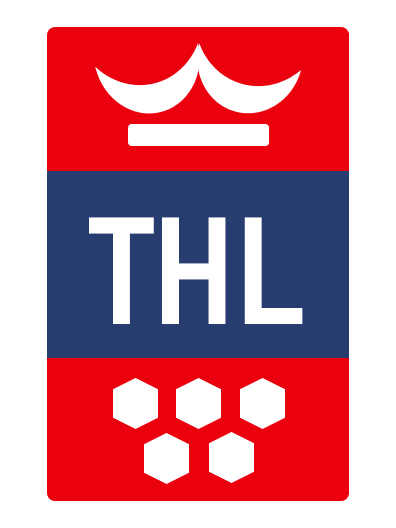
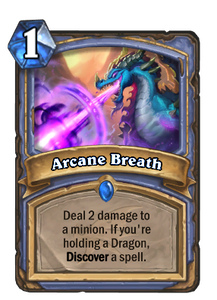
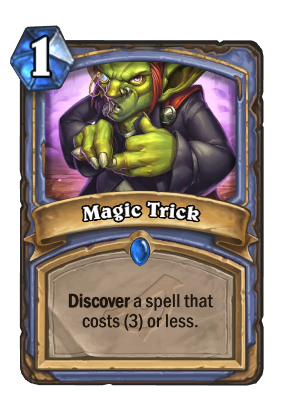
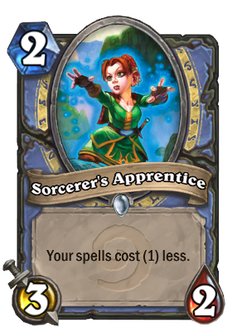
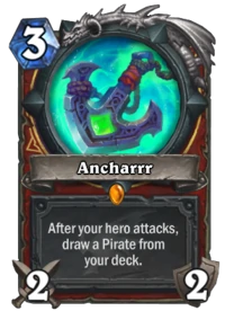
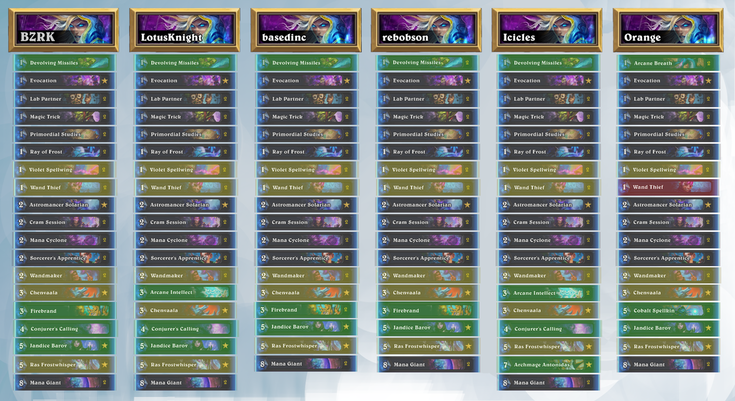
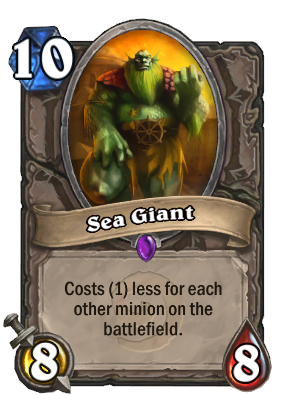
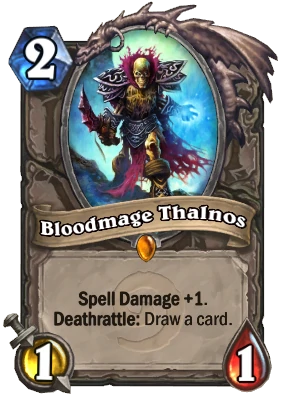
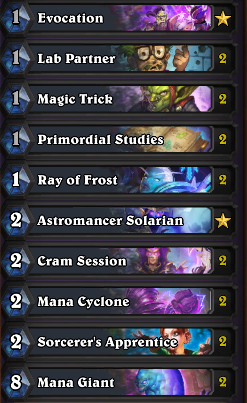
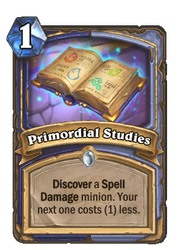
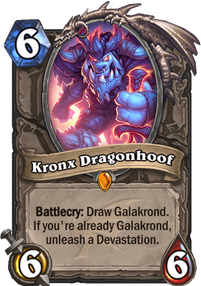
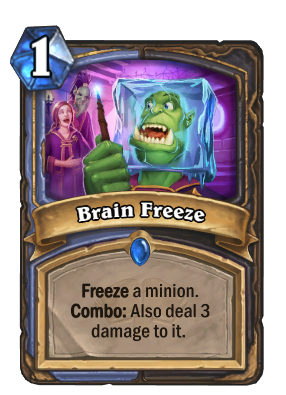
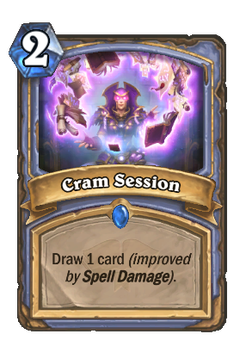
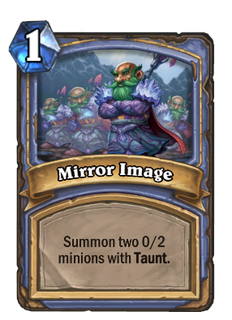
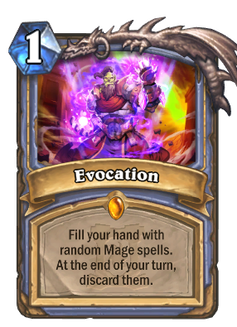
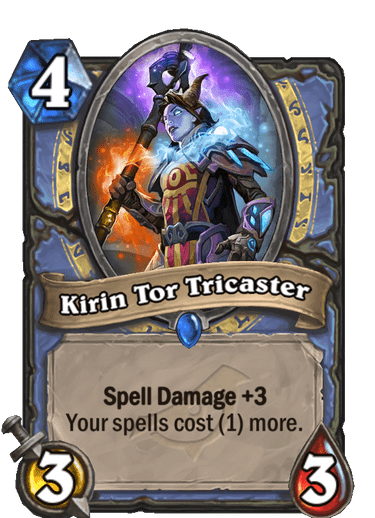
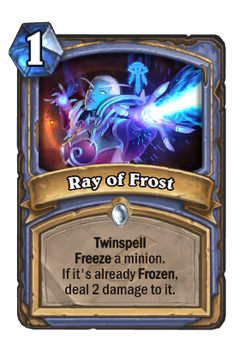
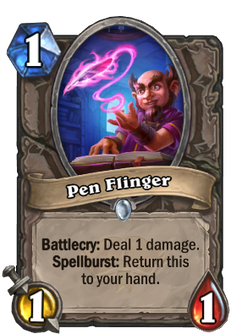
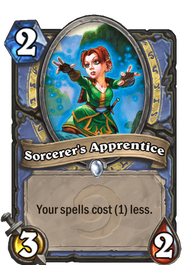
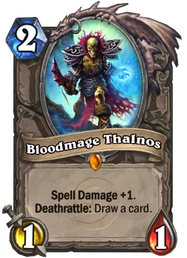
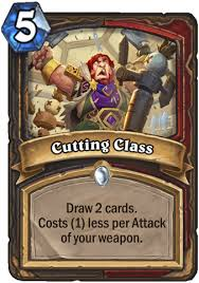
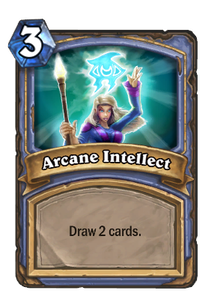
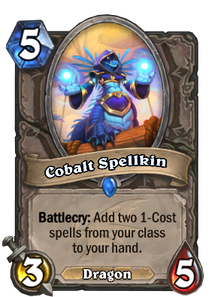
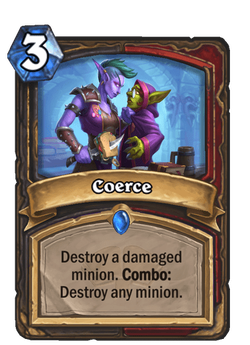
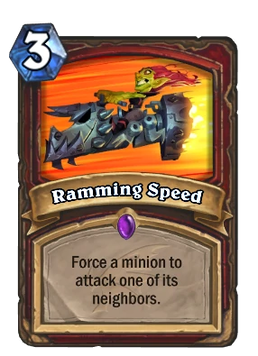
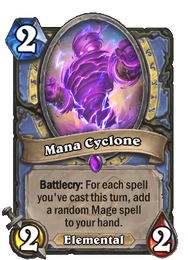
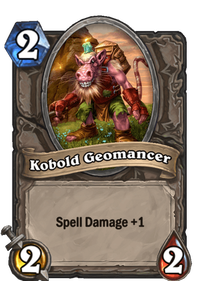
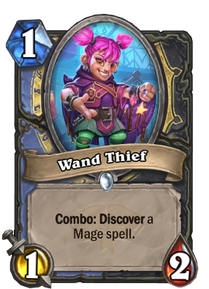
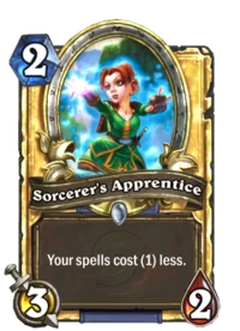
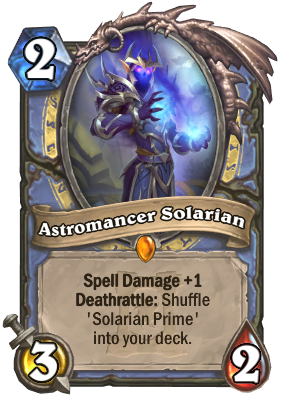
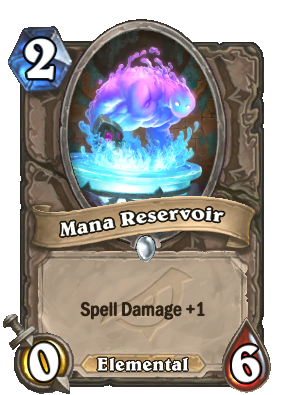

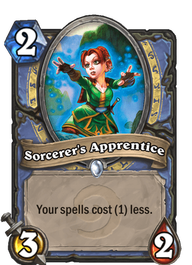
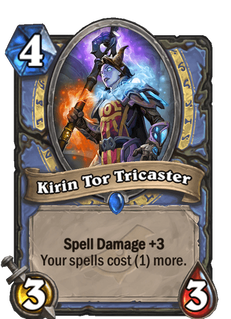
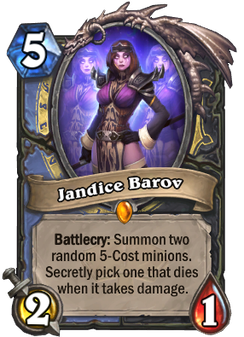
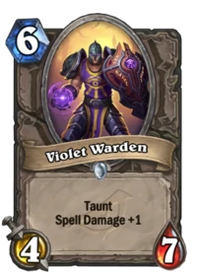
 RSS Feed
RSS Feed